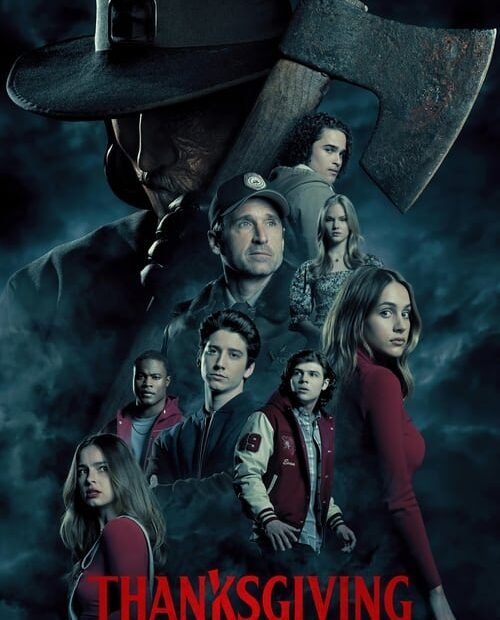Thanksgiving: A Feast of Fear and Fowl Play
In a delightful twist of holiday cheer, “Thanksgiving” serves up a platter of horror that’s as rich as Aunt Edna’s secret stuffing recipe but with a side of existential dread. Picture this: after a Black Friday riot spirals into chaos, the quaint town of Plymouth, Massachusetts—where the pilgrims once feasted—becomes the backdrop for a killer who’s more than just a little bit turkey-obsessed.
As the film opens, we’re greeted by our main characters, a group of friends who seem to embody the spirit of the season with all the wisdom of a butterball turkey. They decide to brave the post-Black Friday madness, naively believing that nothing can ruin their holiday fun. Spoiler alert: they couldn’t be more wrong. Enter the masked turkey-murderer, who clearly took “gobble, gobble” a bit too literally.
The plot thickens faster than gravy on Thanksgiving Day as the killer, inspired by the very holiday that celebrates gratitude and family, begins to pick off the characters one by one. Each death is a grotesque homage to Thanksgiving traditions, leading one to ponder: is this a cautionary tale about consumerism or a commentary on the darker side of holiday gatherings? Or perhaps it’s just a reminder that you should never trust a man in a turkey costume.
As the body count rises, the survivors start to question their own values and the meaning of Thanksgiving. Are they thankful for their lives, or just thankful that they didn’t get trampled in the Black Friday frenzy? The film cleverly juxtaposes the joyous spirit of the holiday with the grim reality of a murder spree, forcing viewers to confront the uncomfortable truth: sometimes, your family might just be the scariest thing at the dinner table.
In a climactic showdown that can only be described as “a Thanksgiving feast gone horribly wrong,” our final girl faces off against the turkey-maniac in a battle that involves more stuffing than you can shake a drumstick at. As she fights for her life, the audience is left to ponder the philosophical implications of a holiday that celebrates abundance while simultaneously serving up a side of death. It’s a metaphor for American excess, or maybe just a very bad idea for a family gathering.
In the end, “Thanksgiving” delivers more than just a gut-wrenching experience; it leaves us all with a question that lingers longer than the smell of burnt pumpkin pie: how do we reconcile the joy of holiday feasting with the cold reality of mortality? Perhaps the answer lies in the film’s final scene, where the surviving characters sit down to a Thanksgiving dinner, albeit with a few less friends at the table. They raise their glasses in a toast, not to the dead, but to the living—because after all, nothing says ‘thankful’ like surviving a holiday massacre.
So this Thanksgiving, as you gather around the table, remember to keep one eye on your turkey and the other on the door. You never know when a masked killer might come knocking, or worse, when Aunt Edna might bring out that infamous jellied cranberry sauce.
